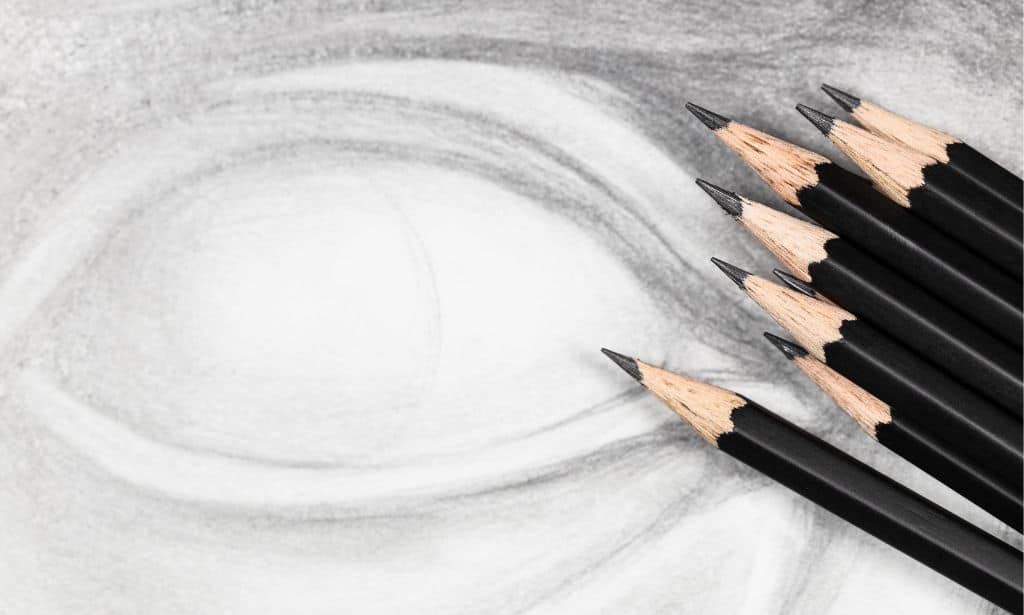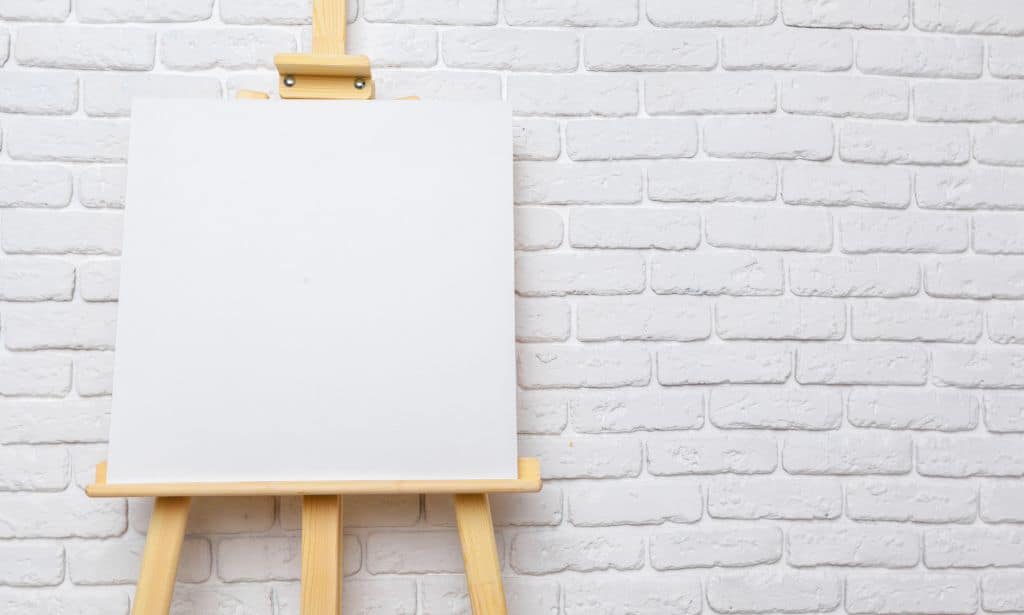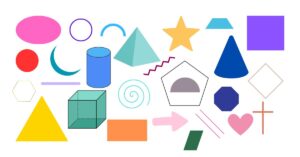Drawing is important in developing your child’s communication, social, and creative skills. From the moment your kids start doodling, they are making art and, most importantly, expressing themselves. To encourage their creativity, you need to buy various tools to get them started.
Some of the necessary drawing essentials include pencils, a sketchbook, charcoal, paper and erasers. If your kid is younger, you may need to include pencil colors, crayons, and paint as colors fascinate young kids.
However, before shopping for supplies, you need to keep a few things in mind. These are:
- Your child’s age and maturity level
- Their drawing skills level
- The level of supervision needed, and if you can provide it
These will help you determine the supplies to buy. For instance, if your child is an advanced artist, the type of pencil you buy them may be different from those of a beginner. Remember, there is a sea of art supply options for kids, but it is best to start with the basics.
So, what supplies should you get?

1. Drawing Pencils
Experienced artist knows which brand they work with best, but it’s not the same for a child. Since they may not have as much experience, the best options to explore include:
Pencil sets
Pencil sets have various pencils with different graphite grades. This enables your little artist to explore what works best for their art. Many sets come with hard and soft graphite pencils ranging from 9H to 6B. To know the function of each pencil, you need to understand the different hardness levels.
- H pencils are hard graphite pencils. The H on the pencil stands for hard. They are best used to make hard-cut lines in your drawings. Think about an architect or a fashion designer. These pencils are also good for tracing if you need guidelines for your drawings.
- B pencils are soft graphite pencils. The letter B on the pencil stands for black making them a great option for shadowing or intensifying your drawings. Softer graphite pencils get used up quicker than hard ones because they leave more matter on the paper.
- HB pencils are medium hard pencils. These pencils fall in the middle of the spectrum, making them versatile drawing tools.
Pencil sets are a great way for your little artist to learn the different types of marks in drawing before they settle on a specific style. Read our article on the types of pencils you need for drawing and sketching as it delves further into the topic.
Individual Pencils
After a while, you will notice that your child only uses a few of the pencils in their pencil set. The pencils they use the most are the ones you should buy in bulk moving forward. Buying individual pencils can be pricier, but buying a pencil set does not make much sense either. The best option is to go to an art store for the best deal.
Colored Pencils
Once your child has mastered the basic drawing techniques like sketching, tracing lines, shading, and depth, they can use colored pencils. You can use wax-based or oil-based colored pencils.
Both types are used to layer up colors on your drawing, but oil-based ones require more work. These colored pencils will make the result look like a painting. Here’s our article on the different types of crayons you should buy for your child and why.
Drawing Pens or Ink Pens
These pens require more skill than the other drawing tools because they cannot be erased. Your child must be a master in using lines to create the illusion of form, texture, and light. There are various drawing pens, but the best place to start is using pens that require bottled ink or felt-tip pens.

2. Charcoal
Besides graphite and colored pencils, charcoal is a great drawing tool for your beginner artist. In fact, an article on the MET Museum states that charcoal drawings date back to the 19th Century.
Charcoal can be used for many creative effects, like creating intense black areas or fine delicate lines on drawings. It also comes in many shapes, making it easy to work with. Drawing charcoal is made from compressed charcoal powder, making it easy to blend on the paper.

3. Sketchbook
Have you ever heard of the term active sketchbook? An active sketchbook is a book that gets daily attention from its owner. A sketchbook is important for daily drawing practice. Your child must exercise their drawing skills to build their talent.
A sketchbook with a hardcover will stand the test of time and keep the corners of the pages in good condition. You should also get a sketchbook with many pages to avoid buying one every week.

4. Paper
An artist can draw on any surface, but most use paper. Your child might be an excellent drawer, but the paper quality can affect the final result. There are three things to consider when buying paper;
- Texture – The heavier the paper texture, the rougher or broken the drawing lines will be. The smoother the surface, the smoother the lines and gradation value of the drawings.
- Paper weight – Paper weight is usually determined by its thickness. Heavy or thick papers are best for drawings that have high contrast and minimum detail. They also retain or hold more of the drawing material.
- Acid-free paper – Most papers turn yellow over time or when they are exposed to UV light, but acid-free paper will not. Acid-free paper is resistant to fading, meaning your child will have their drawings for a long time.
There are many types of paper your child can use, but here are the essentials;
Plain White Drawing Paper
This drawing paper is also known as medium tooth drawing paper. The tooth is a term used by artists to describe the texture of the paper. White drawing paper is heavier than normal writing paper but lighter than the other types of drawing paper.
You can buy this paper in pads or as single sheets. Drawing paper is the best option for kids because they can use other drawing tools like colored pencils or charcoal as they advance in skill.
Tracing Paper
Sketching activities for children usually involve a lot of tracing. Buying this translucent paper will help your child accurately draw something complicated. Your kids can also use it for other projects when needed.
Charcoal Paper
This paper is another great option for graphite pencil drawings. It is a lightweight, semi-transparent paper with a heavier texture than drawing paper.

5. Erasers
The main function of an eraser is to remove a mistake, but artists use them for much more. Different erasers leave different marks on the paper, making them great marking tools for artists. Here are the different types of erasers your child might need.
Rubber Eraser
This is the standard eraser used for graphite pencil drawings. Your child probably already has one from their school stationery. A rubber eraser uses friction to remove written material from the surface.
Kneaded Eraser
A kneaded eraser is also known as a putty eraser. This is a great option if you do not want to leave any residue on the drawing paper. Kneaded erasers get dirty easily, but you can stretch them out and knead them to get rid of the dirt. Furthermore, you can knead it into different shapes or forms depending on the marks you want to make on your drawing.
Gum Erasers
Drawing paper comes in various thicknesses, and some can tear easily. This is where you need gum erasers. Like rubber erasers, they use friction to remove matter from the paper. The difference is that gum erasers crumble as you rub, preserving your drawing surface.
Plastic or Vinyl Erasers
These erasers can remove anything, including colored markings, from your drawing. The only downside is that they can tear the paper while doing so.

6. Tortillons or Blending Stumps
Blending stumps will help your beginner artist learn how to blend, smudge, darken or lighten lines and patches of color when drawing. Using your finger is an option, but it can make your drawing look dirty and uncontrolled.
Unlike your finger, when blending stumps get dirty, you can sharpen them with sandpaper, and they will be good as new. If you are using colored pencils to draw, avoid using one blending stump for multiple colors. This will prevent your work from looking messy or mixing colors unintentionally.
7. Pencil Sharpeners
Pencil sharpeners are essential, especially if your child uses pencils to draw. The obvious choice here is a manual pencil sharpener. These sharpeners are affordable and easy to replace when they become blunt or spoiled. Manual sharpeners come in various shapes and materials. The most durable option is a metal sharpener.
Another option is the electric sharpener. This sharpener is fast and efficient but does not work well with colored pencils. This is because colored pencils have a waxy binder that can build up in the blades destroying the sharpener.

8. An Easel
How does your child enjoy making art? Most toddlers and preschoolers enjoy drawing while seated on the ground or standing up. This is because their fine motor skills need to be developed more to work on smaller surfaces like a table or a small piece of paper.
When they become older, they work best using an easel because they have enough space to move their hands. An easel is best used with a roll of paper or large drawing paper.
9. Artwork and Art Materials Storage
It is easy to overlook artwork storage once you have purchased your child’s drawing essentials. Let’s be honest you cannot frame everything, and there will be drawings that your child does not want anybody to see. It is also never too early to start building a portfolio.
Two important things to keep in mind when looking for artwork storage are;
- Rigidness – Storage with strong support prevents your artwork from bending or getting creased.
- Size – The bigger the storage, the better. Your child might start with smaller drawings, but this will eventually change as they challenge themselves creatively to draw on larger surfaces.
Besides artwork storage, your child will also need a safe and secure place to store their drawing materials. You are at an advantage if you have an art studio at home with ample storage for drawing supplies. If not, consider buying portable containers with stackable trays for your child. Our article on gifts ideas for kids who love to draw highlights additional drawing essentials.




